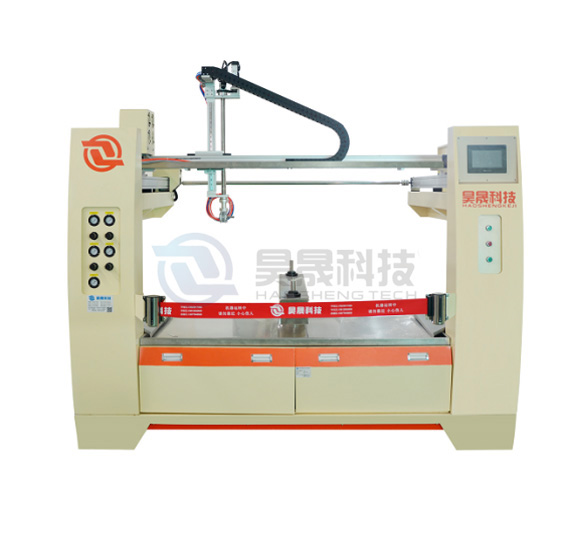The five-axis milling machine ensures high precision machining by following these methods:
Tool compensation and calibration technology: The five-axis oscillating machine uses tool compensation technology, which adjusts the tool's position based on real-time feedback to ensure it stays on the correct path, thus counteracting potential inaccuracies.
Regular calibration also plays a crucial role, ensuring that the machine's movements conform to the specifications of the software, thus enabling the parts to fit their intended design closely.
Improved Accuracy and Precision: The core of a five-axis milling machine is its commitment to exceptional precision. The ability to manipulate the workpiece along five different axes ensures that the tool can contact any part of the workpiece without the need for manual adjustments or re-fixtures, reducing the potential for errors associated with multiple setups. 。
Reduce tool wear and extend tool life: The five-axis reciprocating machine can maintain the optimal cutting position and consistent chip load, so tool wear is significantly reduced. The machine can position itself, allowing the tool to engage consistently, ensuring even load on the tool, thereby extending tool life.

Communication Between R&D Staff and Data Personnel: Five-axis machining is controlled by computer numerical control, so data is the key factor that affects the machining process and determines the precision of the product. The R&D team needs to work closely with data experts from the beginning and carefully adjust parameters to ensure the accuracy of the product through cross-disciplinary communication and cooperation.
Performance of the Drive System: In five-axis machining, an excellent drive system plays a crucial role. It not only provides outstanding dynamic characteristics but also has a wide speed regulation range. With such a drive system, it is possible to effectively reduce workpiece errors, ensure the quality of the machining process, and leave more room for pursuing precision.
Pre-operation tool adjustment: Tool adjustment is also an important aspect of five-axis machining that cannot be overlooked. It is inevitable that there will be tool collisions during the machining process, but considering the extremely high precision of five-axis machining, even the slightest deviation can have a significant impact. Therefore, it is essential to conduct rigorous tool verification before each use to ensure accuracy.
High-precision motion control: The high-precision motion control of the five-axis reciprocating machine ensures the processing accuracy and consistency of products. Whether it is a complex three-dimensional shape or a small size requirement, it can accurately complete the processing task, reducing human error and waste rates.